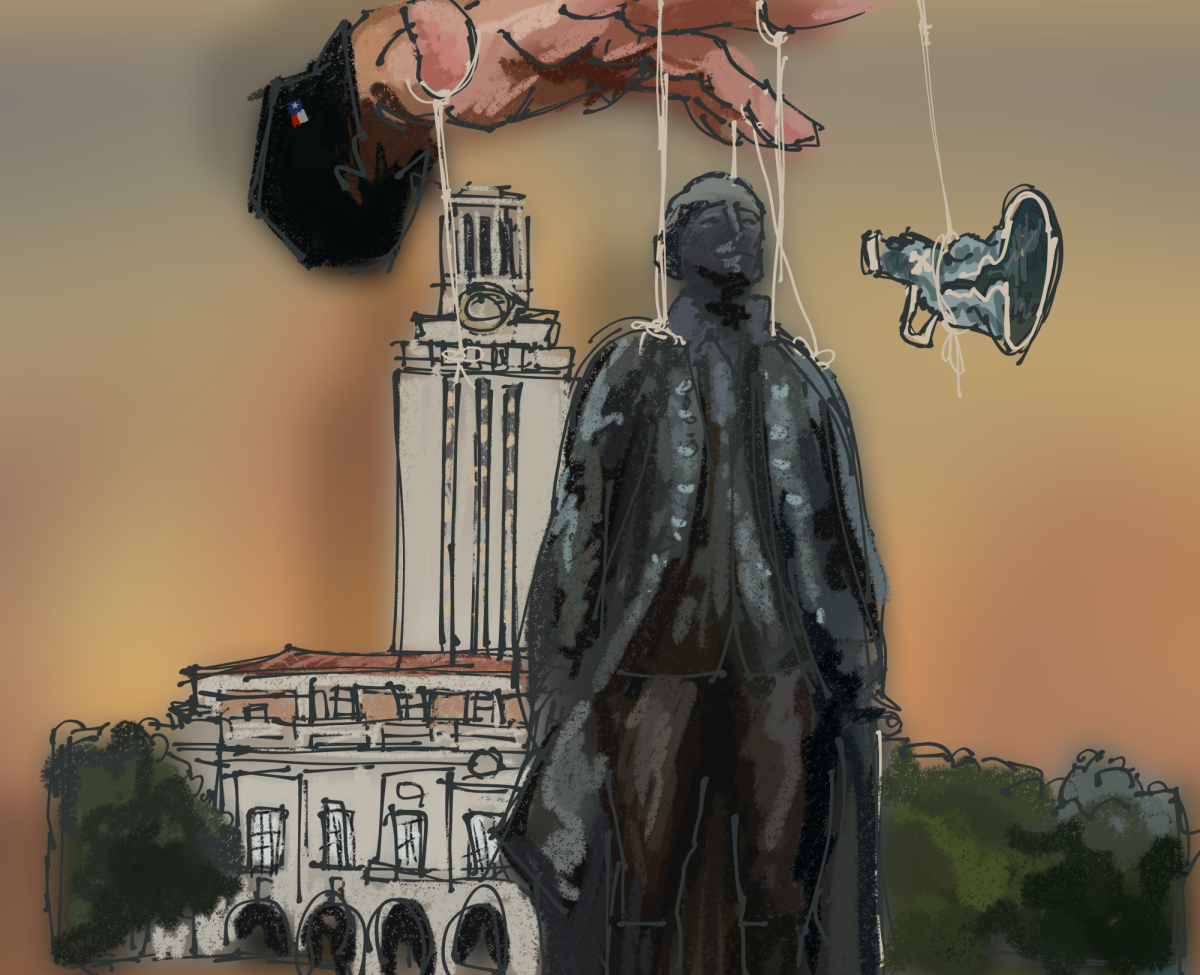As a brand-new UT student, I’ve enjoyed the classic Austin-ite activities: staking out Moody Center for Olivia Rodrigo tickets, waiting six hours for a Glossier lighter and even trekking into Round Rock Donuts. The next activity on everyone’s list seems to be South by Southwest.
Unfortunately, while student discounts are available to reduce costs, any chance of attending flies out the door for most when their prices load. South by Southwest, along with other mainstream film festivals, has price tags ranging from three to four digits.
As students, we’re used to clipping coupons and buying the cheapest option at the grocery store to get by. For those interested in filmmaking and indulging in Austin’s music scene, SXSW’s cost may pose a challenge. Students who can’t afford mainstream, expensive festivals should consider the enriching experiences that smaller festivals may provide as an alternative.
Micah Barber, associate professor of practice in the Department of Radio-Television-Film and filmmaker, discusses the true purpose of film festivals.
“The problem used to be we couldn’t physically get our films to people. Historically, film festivals really grew out of an inability to see independently created work,” Barber said. “But now the problem is the opposite. The problem is, there’s so much out there that it’s all noise, so it’s really hard to get attention. … Right now, film festivals exist, in theory, to curate what we should be paying attention to.”
Film festivals, like SXSW, shape the cultural conversations around media and art. With exorbitant sticker prices, it’s difficult for students to attend.
The price tag of large film festivals may be an unintended blessing for student filmmakers and attendees, as the themes in student films tend to feature themes relatable to other students. Smaller festivals showcase diverse voices to their audience — making the experience enriching and valuable to all parties involved. By starting a cultural conversation around their relatable experiences, filmmakers can put their work in front of audiences with a sweeping appreciation for their creations.
Olivia Carter, film creator and radio-television-film junior, talks about her experiences with smaller festivals. Carter describes her favorite film festival, the Austin Revolution Film Festival, as a “social family.”
Carter is not alone. As a filmmaker, Barber believes one of his best experiences is being at a small film festival.
He explains that he got a different reception than he might have had if it were at a big festival.
“I really do place a high value on getting your work in front of an audience. That’s the greatest benefit,” Barber said. “So these smaller festivals, many of them are great at creating conversation around something that people work very hard on making and those smaller festivals can be much more accessible.”
For filmmakers, finding niche audiences that identify with their work may just be the right thing. At an identity-based film festival, such as the Austin Asian American Festival, student filmmakers can find that outlet. Not only do the filmmakers benefit, but the audience may identify with and appreciate the films presented.
For filmmakers — and film appreciators — sometimes simply going to a film festival is enough. Small festivals can showcase new creators that we can easily identify with. It may not be fancy or high-brow, but it’s an opportunity to be a part of a cultural conversation bigger than ourselves.
Siddiqi is a business freshman from Spring, Texas.














